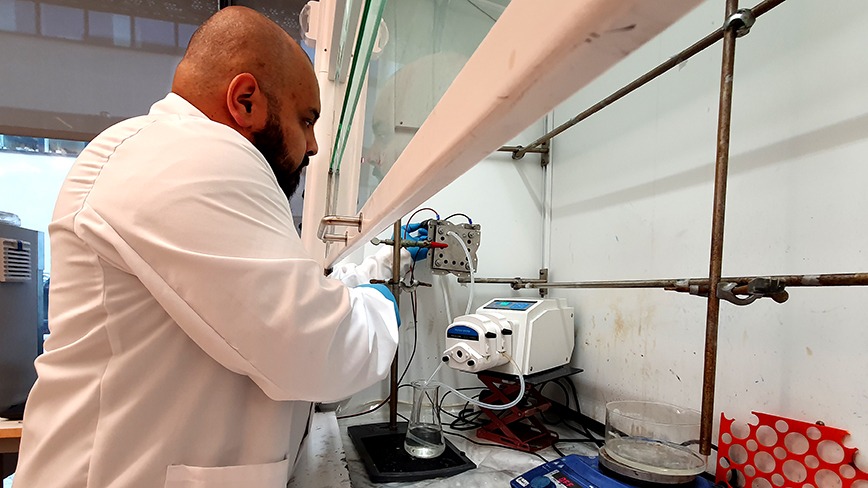Swedish researchers at the KTH Royal Institute of Technology in Stockholm have developed an innovative method for producing hydrogen energy that enhances efficiency and safety by generating oxygen and hydrogen gases separately. This breakthrough approach redefines the traditional process of electrolysis, which typically involves splitting water molecules into oxygen and hydrogen by applying an electric current in a single cell, necessitating the use of membrane barriers to prevent the dangerous mixing of the two gases.
The team, including PhD student Esteban Toledo and Professor Joydeep Dutta of applied physics, have introduced a system where the production of hydrogen and oxygen occurs independently, thereby eliminating the risks associated with gas mixing and the potential for explosions. Remarkably, this new method also bypasses the need for rare Earth metals, making it a more accessible and sustainable solution for hydrogen production.
Capitalizing on their innovation, Toledo and Dutta have patented the system and launched Caplyzer AB through KTH Innovation to commercialize the technology. Their research, published in Science Advances, demonstrates a remarkable hydrogen gas Faradaic efficiency of 99 percent and shows promising results in long-term tests without electrode degradation, an essential factor for practical applications.
The conventional challenge of resistance caused by the ion-permeable barrier in standard alkaline electrolyzers is addressed by the novel use of a super capacitive electrode made from carbon. This electrode alternates between storing and releasing ions, effectively separating the production timelines of hydrogen and oxygen. This setup not only improves safety by avoiding the production of an explosive gas mixture but also allows for more flexible operation with variable power sources such as solar or wind energy.
By transforming one electrode to perform both oxygen and hydrogen evolution tasks, akin to a rechargeable battery, the system completes the circuit in a manner that is both innovative and efficient. This groundbreaking research, supported by Vinnova and Åforsk, paves the way for a more reliable and safer green energy production process, promising significant advancements in the field of renewable energy.


